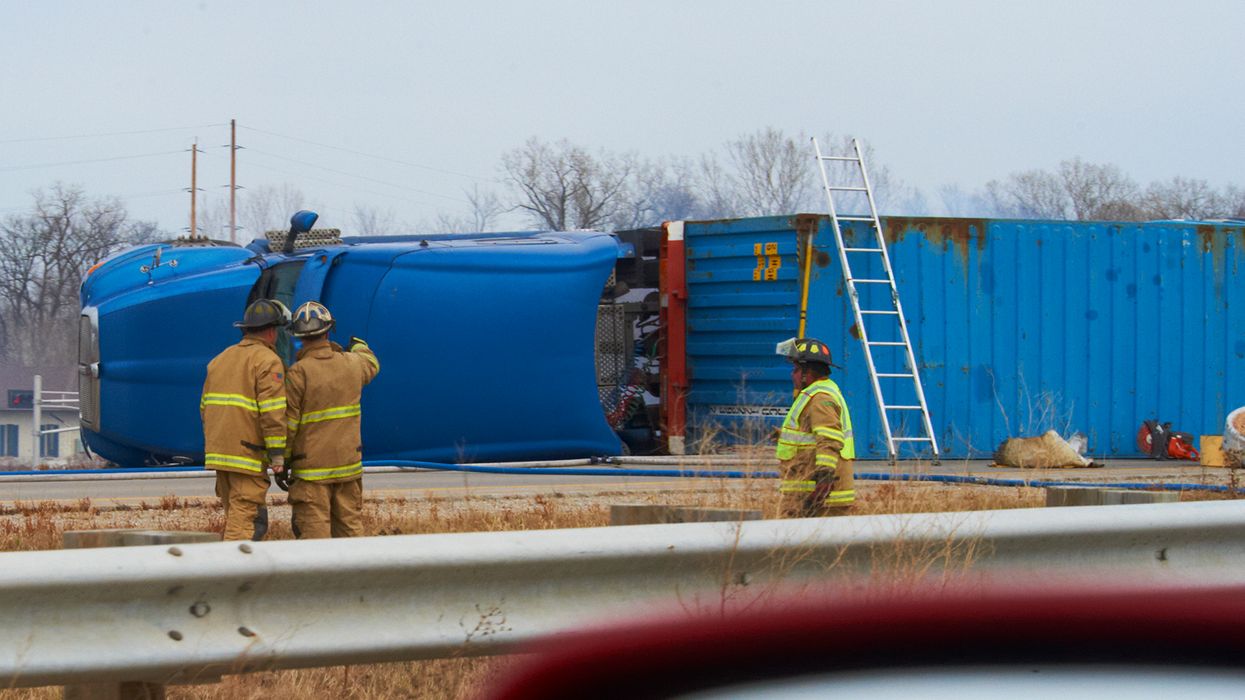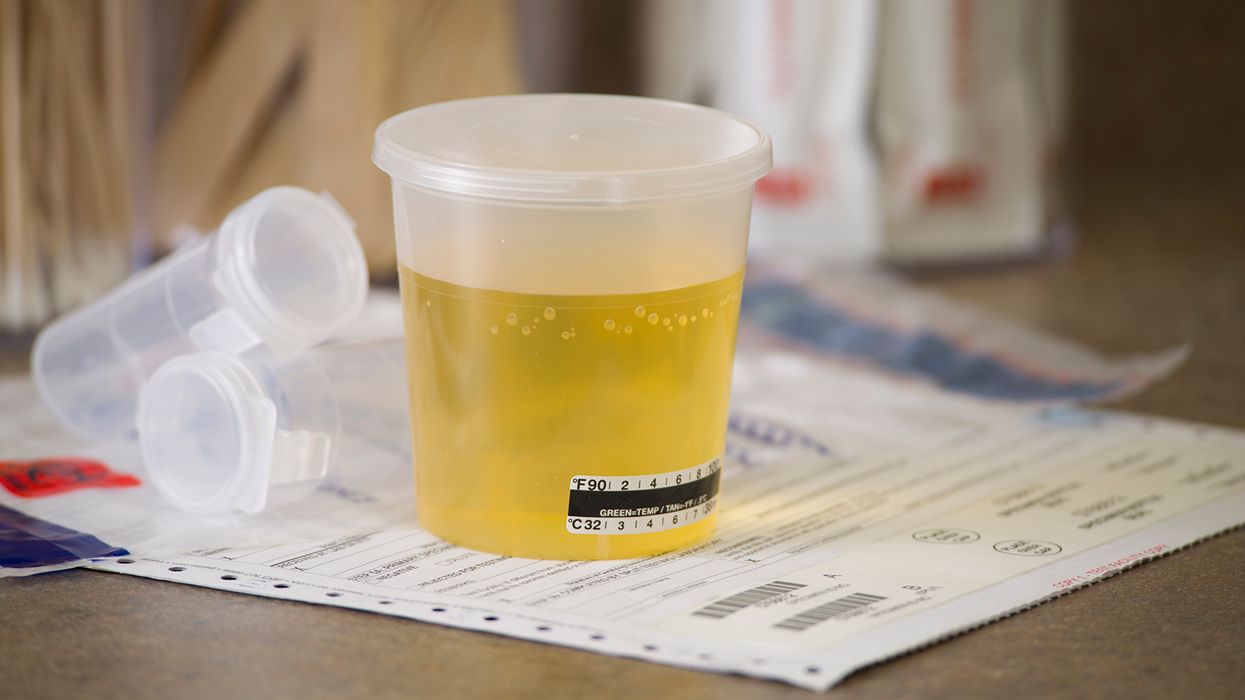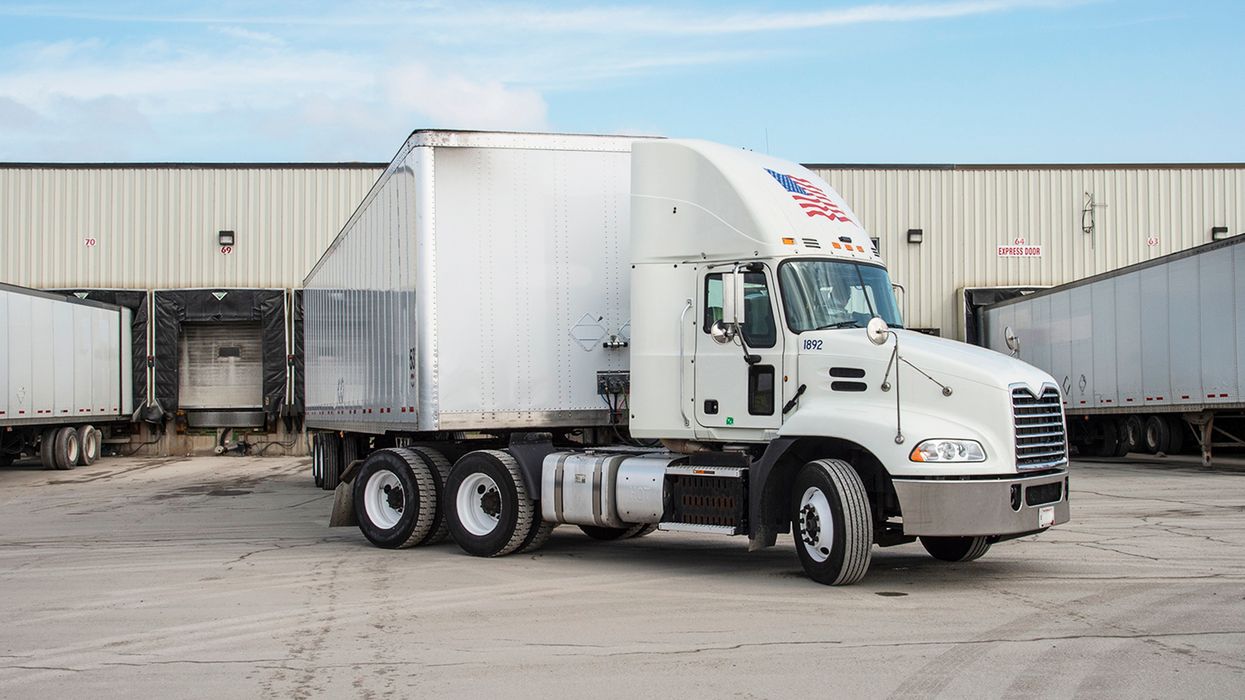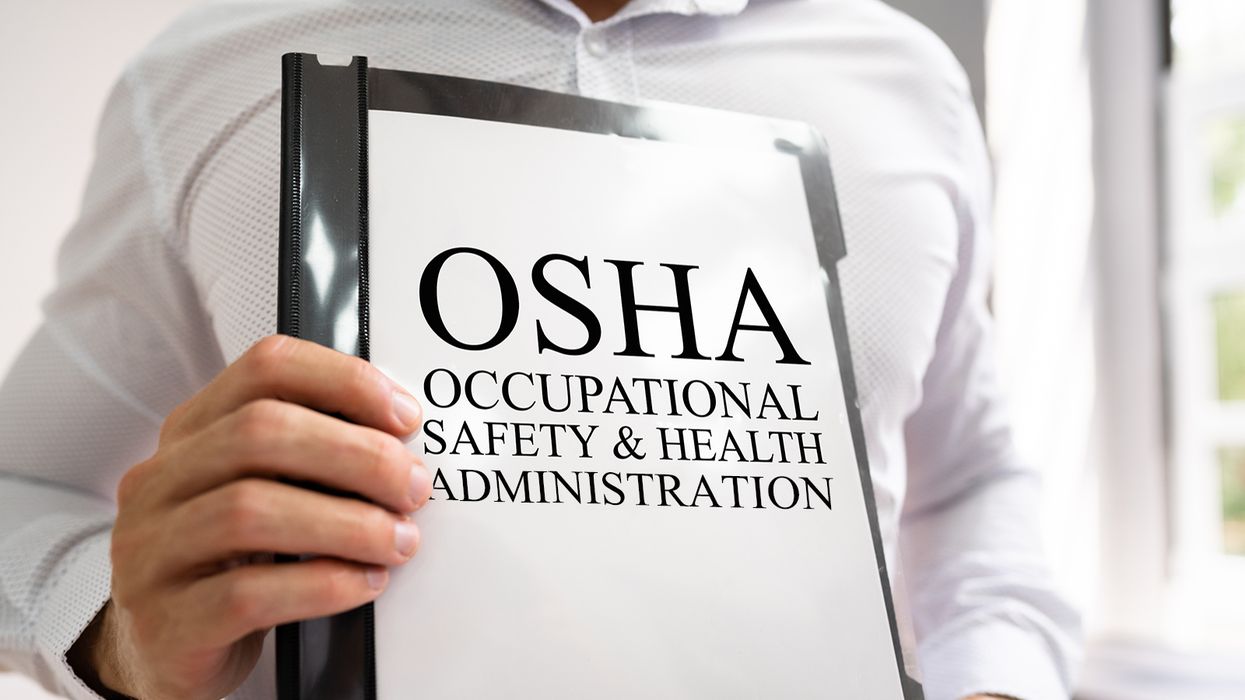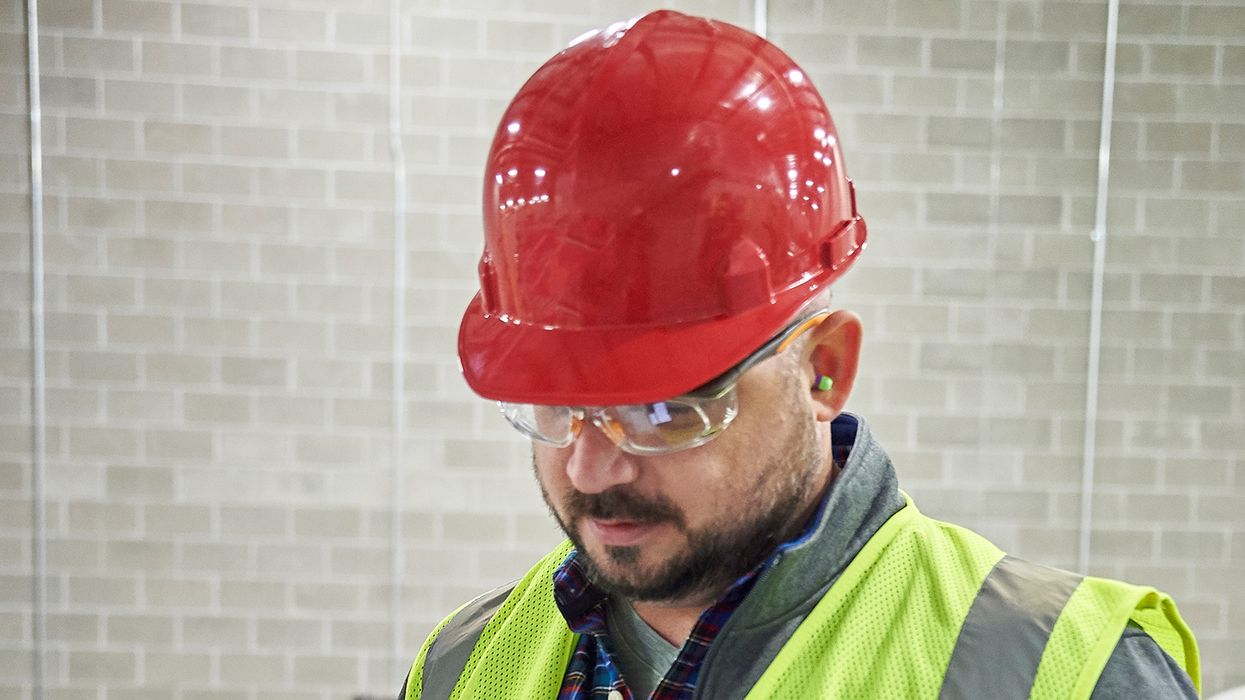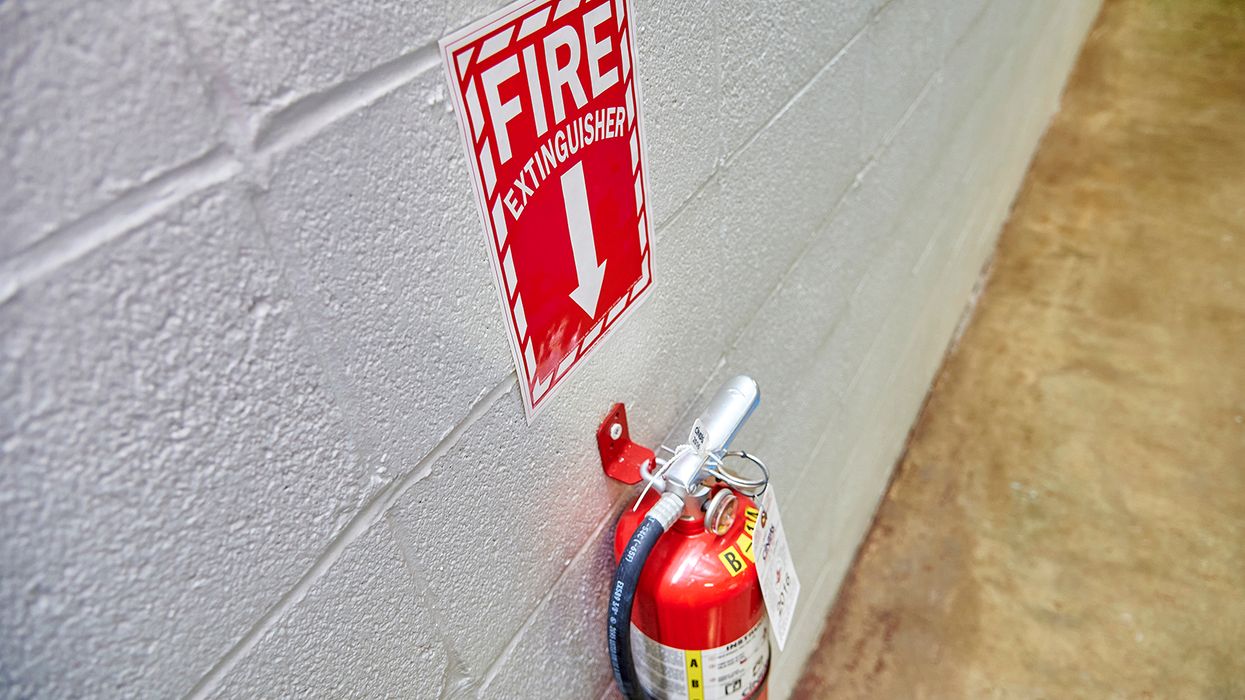Countdown to OSHA’s infectious diseases proposal
Here we go! The long-awaited Infectious Diseases proposed rule reached the Office of Management and Budget (OMB) on November 8! That means we “could” see this proposal appear in the Federal Register by January. However, you don’t have to wait until then to know what’s in it. Compliance Network has the inside track on what will be in this one, if published!
The rulemaking would not replace but supplement the existing Bloodborne Pathogens standard. Instead of bloodborne diseases, the new rule would offer protections from infectious agents transmitted by contact, droplet, and airborne routes. Examples include methicillin-resistant Staphylococcus aureus (MRSA), norovirus, influenza, and tuberculosis.
How will this play out?
When this administration began, tackling COVID-19 and other infectious diseases took priority from day one. Given that the end of this administration is coming on January 20, it may choose to speed up its review of this rule, which otherwise would take 90 to 120 days.
The OMB considers alternatives and scrutinizes costs and benefits. Sometimes the office meets with stakeholders as it considers a rule. Once OMB gives the “okay,” OSHA can publish the proposal in the Federal Register.
If this administration fails to approve the proposal, the OMB of the next administration decides whether to give the nod. Even if approved before January 20, if the proposal does not appear in the Federal Register before then, the next administration can prevent it from reaching the Federal Register until it has a chance to review it.
Regardless, the proposal’s regulatory text, if issued in the Federal Register, would not take effect. Only a final rule can require employers to act. Yet, a published proposal is fair game for any administration down the line to pick up, analyze the comments, and publish a final rule.
Which employers would be covered?
According to OSHA, the rulemaking is intended to protect workers who perform tasks that routinely expose them to infectious diseases. This means it would be applicable to biomedical labs and settings where any worker provides healthcare services or handles contaminated materials or human remains. Settings potentially include:
- Clinics embedded in a workplace or jobsite,
- Hospitals and physicians’ offices,
- Emergency medical services,
- Specialty ambulatory care,
- Home healthcare and long-term care facilities,
- Services that handle healthcare laundry or medical waste,
- Services that reprocess medical equipment,
- Biomedical labs, and
- Funeral homes.
Protections would be provided for workers that perform certain job tasks. These involve exposure to patients, clients, residents, contaminated materials, human remains, or infectious agents.
Key elements OSHA’s considering
The proposal would provide several major regulatory provisions:
- Workplace infection control plan (WICP), including hazard identification and policies/procedures;
- Recordkeeping;
- Reporting any fatalities/hospitalizations to OSHA;
- Multi-employer responsibilities (e.g., construction work inside a healthcare facility);
- Costs for which employers are responsible; and
- Services available to workers at reasonable times/places.
The “policies/procedures” provision would cover:
- Screening and management of people, contaminated materials, and human remains;
- Cleaning, disinfection, and sterilization;
- Personal protective equipment;
- Engineering controls like ventilation;
- Employer support of worker vaccination;
- Worker medical management;
- Increased community transmission, outbreaks, and releases; and
- Worker training.
When an employer is engaged in construction inside covered settings, OSHA says:
- The employer that operates/controls the covered setting would provide the construction employer with information to ensure construction workers are not exposed to sources of an infectious agent; and
- Based on the shared information, the construction employers would be obligated to protect their workers under the existing 29 CFR 1926 Subpart C.
Sneak peek at the proposed language
The Infectious Diseases rulemaking has been on OSHA’s to-do list since the year 2010. That means we are not totally in the dark about what’s planned for this rulemaking.
A small business panel met in 2014 to review the agency’s 38-page draft regulatory text. However, at the time, the panel issued a report voicing concerns. In fact, the report resulted in a general recommendation that OSHA not issue a proposed rule on infectious diseases until the agency assessed information on the risk.
On April 24, 2024, OSHA presented a summary and shared a background document for the Infectious Diseases proposal at an Advisory Committee on Construction Safety and Health (ACCSH) meeting. The committee gave OSHA a unanimous recommendation to publish the proposed rule. However, ACCSH did so on the condition that OSHA make clear in the rule what information host employers must share with contractors. That information would relate to infectious disease hazards and controls associated with a contractor’s work area.
Key to remember
The Infectious Diseases proposal reached OMB on November 8. We “could” see it published by January, and Compliance Network has a good idea what will be in it.




































